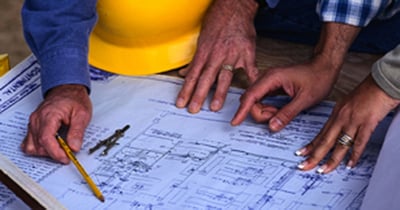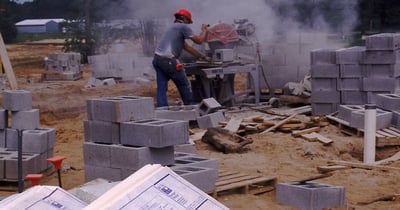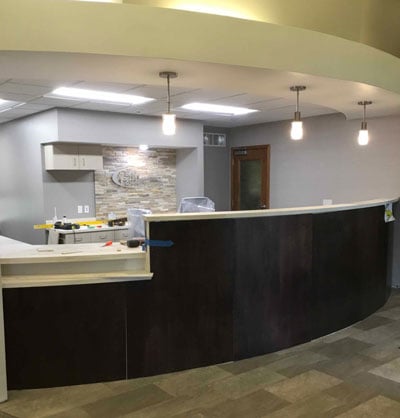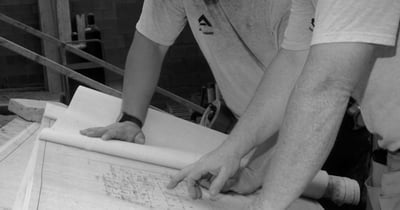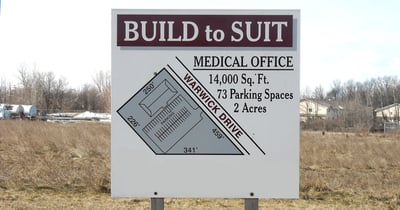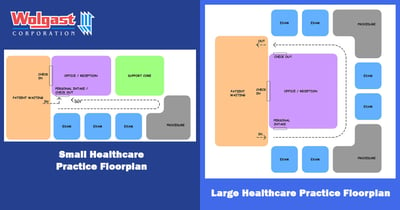I’d like to address a question that has been posed to me about what makes a contractor specialized in Dental Construction. We’ve claimed for a couple of decades now to be an expert at dental office construction, but what does that mean? There are many out there that think a building is a building, but most Dentists will recognize that a design-builder that’s versed in dental operations will make a big difference in the final building design, quality of construction and completion date.
Posts about Dental Office Construction
What is the Design Build Method of Construction?
Wolgast Corporation® has been a Design-Build Construction Company for almost 40 years and we're curious if it's a well-known term among those who haven’t previously been involved with the construction of a commercial building. Have you heard the term before? In a nutshell, it’s a method of construction delivery in which the building owner executes a single contract with one entity to provide architectural/engineering and construction services.
What Every Business Owner Should Know about Design Build Construction
General Construction for a long time was the primary method of delivering construction. Even Wolgast in the early years was a one-trick pony with General Construction being our only option. That is, until the 1970’s when we were the first to bring Design-Build to what’s now known as the Great Lakes Bay Region.
Keep Your Healthcare Practice Open during Remodel
Healthcare practitioners can have a difficult time deciding when to start an occupied medical office remodel due to the speculation of shutdown inconvenience, operations minimization, or the lessening of their income. These are all legitimate concerns during healthcare construction, but Wolgast can offer several scenarios and strategies to keep your practice going while remodeling your office.
Warning: Adding on to Your Building May Not Be Possible
What you should know before expanding your commercial business space
Many of our clients begin their business expansion quest by attempting to add on to their existing building rather than moving their operation, and most of the time they’re able to move ahead without any problems. Expanding their existing space to make more room for additional manpower or machinery could be more affordable than building new or renovating another building. However, there are times when it’s just not possible to expand where they want or at all. Below we discuss the possible caveats to consider when expanding and to consider for the future when selecting a site.
Gaining a Healthcare Junior Partner to Plan Your Succession
Approximately 10 years or more is needed for healthcare practice owners to prepare to retire.1 As doctors become owners of their practice, they may not yet be thinking about retirement, however succession planning should start very early as part of their business plan and then adjusted as time goes on and retirement becomes more than a thought.
What Are Design Build Services?
Design-Build Construction is a project delivery method in which a building owner forges a single contract with one entity for architectural/engineering design services and construction services. Known as the Design-Builder, the entity becomes the single-source that is responsible for designing, hiring subcontractors, coordinating the schedule and building the structure on the client’s behalf. Wolgast offers a phased approach to identifying a client’s building scope, budget, schedule, final design, construction and warranty.
Leaseback: Get a New Building While Keeping Business Capital
Build to Suit
Staying Open During Construction
Busy Business Owners Can Build, Too
It’s a classic case: a thriving company is busting at the seams and needs to remodel or add to their building to make room for future business, but the thought of construction stopping or slowing production stifles the owner from taking the risk of expanding. So what is a business owner to do? Instead of putting it off until they lose business because they can’t accommodate any more customers, they should find a contractor that will work with them to keep their operations running during construction.
Patient Flow Optimizes the Design of Your Practice Floorplan
When a patient walks through the door of a doctor’s office, whether it’s a family physician, chiropractor, dentist or veterinarian, he or she needs to easily find the check-in area to make his or her attendance known. Patients may not know that check-in area starts off a whole path that they will follow while receiving treatment through paying their bill, also known as patient flow.


